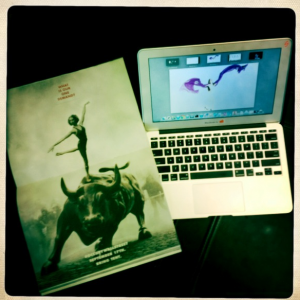by Liana Gamber Thompson and Lana Swartz
April is National Financial Literacy month. Although it may seem slightly outside the purview of a civic engagement research group like Civic Paths, between the Occupy movement and Students for Liberty, we’ve begun to see money matters popping up more and more in our research. With confidence in economic stability at a low, Americans have begun to see personal financial decisions as having political and civic dimensions. Nevertheless, attempts to teach financial literacy tend to avoid the political, focusing instead on seemingly “neutral” best practices like budgeting and saving.
After the jump, check out some examples of groups trying to grapple with the idea of finance, both personal and macroeconomic, from an Alternative Reality Game (going on right now!) about electronic trading and financial crisis to a fanvid about economist Friedrich Hayek by young libertarians.



